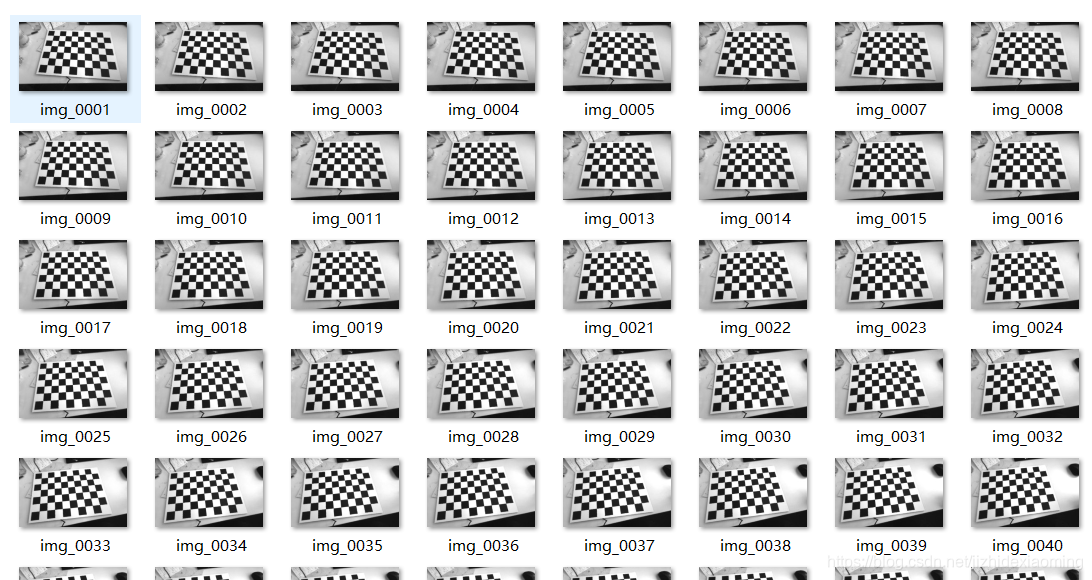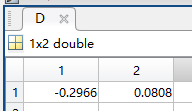版权声明:原创文章,欢迎转载。转载请注明:转载自https://blog.csdn.net/jizhidexiaoming https://blog.csdn.net/jizhidexiaoming/article/details/89025810
真正的相机镜头不理想,并在图像中引入一些失真。 为了解释这些非理想性,有必要在透视投影的方程中添加失真模型。
一、原图如下:

二、实现的效果图

三、算法具体实现
function undistorted_img = undistortImage(img, K, D)
% Corrects an image for lens distortion.
% K为内参矩阵,用来归一化坐标的,给定的
% D为径向畸变参数,给定的
[height, width] = size(img);
fx = K(1,1);
fy = K(2,2);
cx = K(1,3);
cy = K(2,3);
%Finish image undistorted function
undistorted_img = uint8(zeros(height, width));
% 依次找到去畸变后的图像坐标(y,x)对应的畸变坐标
for y = 1:height
for x = 1:width
% 第一步,通过内参矩阵归一化畸变图像的坐标
x1 = (x-cx)/fx;
y1 = (y-cy)/fy;
% 第二步,通过径向畸变模型得到归一化的畸变坐标
r2 = x1^2+y1^2;
x2 = x1*(1+D(1)*r2+D(2)*r2^2);
y2 = y1*(1+D(1)*r2+D(2)*r2^2);
% 第三步,坐标映射回去,去归一化,得到畸变坐标。
u_distorted = fx*x2+cx; % 列
v_distorted = fy*y2+cy; % 行
% 通过上面的步骤,我们找到了正常图像坐标(y,x)对应的畸变图像坐标(u_distorted, v_distorted),下一步就是赋值了,这里用的是最近邻插值法
% 第四步,最近邻插值
if (u_distorted >= 0 && v_distorted >= 0 && u_distorted < width && v_distorted < height) % 防止行列越界
undistorted_img(y, x) = img(round(v_distorted), round(u_distorted)); % 通过round函数取最近的数字
else
undistorted_img(y, x) = 0;
end
end
end
end
注:
(1)内参矩阵K

(2)径向畸变模型参数D:
